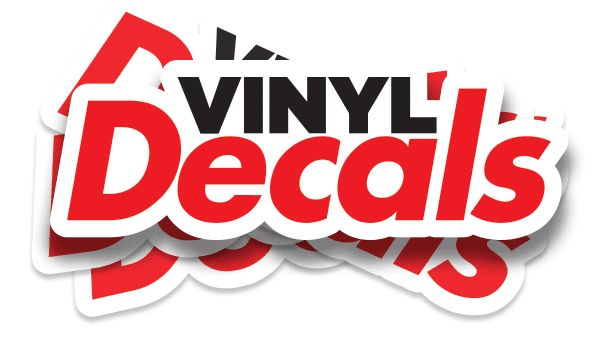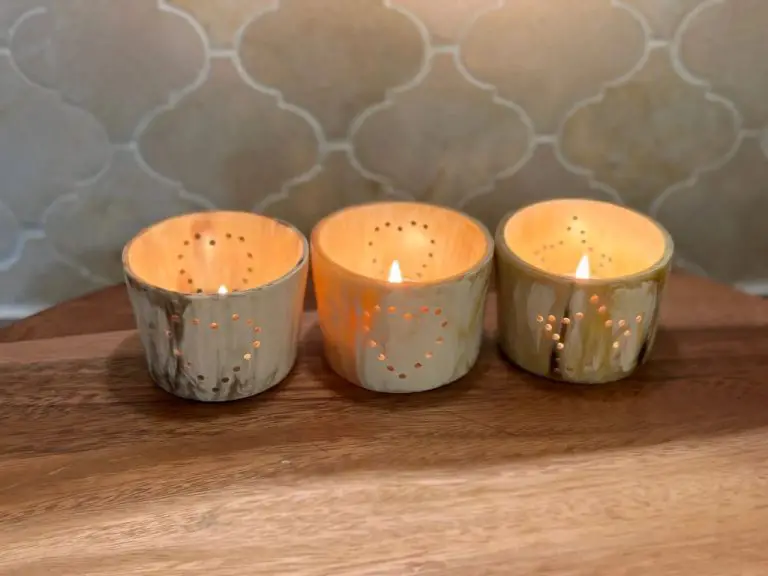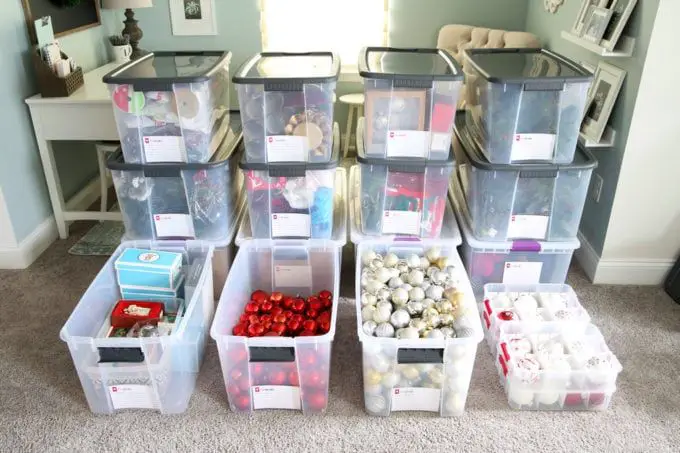What Is A Vinyl Decal?
What Are Vinyl Decals?
Vinyl decals are custom stickers printed on vinyl material. They are made from thin, flexible polyvinyl chloride (PVC) film that has an adhesive backing, allowing them to be transferred and adhered to various surfaces like walls, windows, vehicles, laptops, and more. Unlike ordinary stickers, vinyl decals are designed specifically for application and removal from surfaces multiple times without losing their stickiness (Coastal Creative, 2022).
Vinyl material comes in glossy or matte finishes and offers vibrant print quality, waterproof properties, and durability compared to paper stickers. Vinyl decals can display any type of graphics, designs, text, or images imaginable. From decorative name wall quotes to informational window clings, vinyl allows endless customization for any application (Vinyl Mayhem, 2021).
Decal vs Sticker
A decal is essentially a type of sticker. The main difference between a regular sticker and a decal is the material it’s made from. Decals are made from vinyl, which is a thin, flexible plastic material. Regular stickers are typically made from paper or fabric and have an adhesive backing.
Vinyl decals have several advantages over regular stickers:
- Vinyl is more durable – it resists fading, abrasion, and water better than paper or fabric.
- Vinyl decals conform well to curved surfaces because the material is thin and flexible.
- The adhesive on vinyl decals tends to be stronger, allowing it to adhere better, especially on outdoor surfaces.
- Vinyl decals allow for more versatility in shapes, sizes and custom designs.
Vinyl is considered the premium material for decals. That’s why most custom vehicle lettering, signs, and graphics are made from vinyl rather than regular paper or fabric stickers.
Types of Vinyl
There are two main types of vinyl used for decals – calendered and cast vinyl.1, 2 Calendered vinyl is made by mixing together the vinyl, plasticizers, and pigments and then running them through metal rollers to form sheets. It is more rigid and durable. Cast vinyl starts as a liquid and is poured onto a backing material. It is more flexible and formable. Printable vinyl has an extra layer that allows for printing.
Calendered vinyl is cheaper and works well for simple decals on flat, smooth surfaces. Cast vinyl is preferred for more detailed decals, vehicle wraps, and decals on uneven surfaces because it is thinner and more conformable. Printable vinyl allows for full color custom prints. The type of vinyl chosen depends on the specific application and design needs.
Customization
One of the best features of vinyl decals is the ability to customize them in many different ways. You can choose the perfect size, shape, colors, and effects to suit your needs.
For size, vinyl decals can be created in any dimensions you want. Standard sizes range from a few inches across to several feet wide. Larger decals may need to be printed in segments and applied in sections. You can get decals sized to fit specific spaces like vehicle windows or laptop lids.
Vinyl allows for nearly any shape imaginable for decals. Simple shapes like circles, squares, and rectangles are common. But you can also get decals cut into complex custom silhouettes, logos, text, and more. Die cutting and digital cutting tools can achieve precision curves and details.
There is a huge range of vinyl colors and finishes to pick from. Solid, transparent, metallic, pearl, neon—almost any color can be produced. Different materials like gloss, matte, transparent, opaque, carbon fiber, brushed metal are available too. Special effects like glitter, glow in the dark, color shift, and more can be added.
All of these customization options allow you to create vinyl decals that perfectly match your vision. The versatility makes them suitable for an endless variety of uses.
Uses
Vinyl decals have many versatile uses. Some of the most common applications include:
- Vehicle decals – Vinyl decals can be applied to cars, trucks, boats, and other vehicles. They allow for customized designs and branding. Many people use vinyl decals to decorate and personalize their vehicles. Source
- Wall decals – Vinyl wall decals come in a huge variety of shapes, sizes, and designs. They can be used to decorate interior walls in homes, offices, restaurants, stores, and more. Wall decals are an easy way to add personality and visual interest to any space. Source
- Window decals – Decorative and informational window decals can be applied to glass surfaces. They are commonly used in retail stores, restaurants, and other businesses. Window decals allow for branding, promotions, and privacy options. Source
- Laptop and device decals – Vinyl decals can be used to customize the exterior of laptops, phones, tablets, gaming devices, and more. They allow for personalized designs.
- Signage and lettering – Businesses use vinyl decals for indoor and outdoor signs, window lettering, and general branding and promotions.

Benefits of Vinyl Decals
Vinyl decals offer numerous advantages that make them a popular choice for many applications. Some of the key benefits include:
Durability – Vinyl is designed to withstand exposure to sun, rain, snow and temperature extremes. Quality vinyl decals can last 5-10 years outdoors without fading or peeling (1). This makes them very cost-effective compared to other types of signage or labeling.
Easy Application and Removal – Vinyl decals come with a transfer tape that allows you to easily apply them to smooth, clean surfaces. They can also be removed fairly easily when needed without damaging the underlying surface.
Cost Effectiveness – Vinyl is relatively inexpensive, especially compared to having custom paint or printing done. Decals allow you to decorate or add messaging on the cheap (2).
With durability, ease of use and affordability, it’s easy to see why vinyl decals are a popular choice for customizing vehicles, windows, walls, boats, tools, laptops and many other surfaces.
(1) https://coastalcreative.com/what-is-a-vinyl-decal/
(2) https://ldiclearwater.com/benefits-of-vinyl-decals/
Limitations
While vinyl decals have many benefits, they also have some limitations to be aware of:
Vinyl decals don’t adhere well to all surfaces. They work best on smooth, flat surfaces like glass, plastic, and painted metal. Applying them to textured or curved surfaces can be challenging and may result in peeling or premature wear.
Removing vinyl decals, especially those left on for long periods, can potentially damage the underlying surface. The adhesive can bond very tightly, so that peeling the decal away can strip any paint or coating beneath it.
Vinyl graphics are also prone to fading, cracking, and peeling over time when exposed to sunlight and weather. Quality varies, but even the best vinyl will show wear and deterioration after a few years outside.
Overall, vinyl has limitations on certain surfaces, risks paint damage during removal, and lacks the permanence of other options like paint or engraved graphics. Understanding these downsides allows for smart usage to maximize the benefits while avoiding vinyl’s weaknesses.
Cost
The cost of vinyl decals can vary greatly depending on several factors:
Size – Larger decals often cost more since they use more material. Pricing may be based on the decal’s length, area, or both.
Quantity – Buying decals in bulk usually results in a lower per-unit price. Some shops offer tiered pricing at 10, 25, 50, 100+ quantities.
Customization – Unique designs and custom text/graphics are more expensive than pre-made decals. Adding multiple colors or special effects also increases costs.
Quality – Vinyl material, production method (digital printing vs. vinyl cutting), and colorfastness impact price. Cheaper decals may not last as long when exposed to sun/weather.
According to sources, vinyl decals can range from $5 for a small simple decal to over $100 for a large, high-quality full color custom decal. Shop around for the best deal based on your specific needs.
How to Apply Vinyl Decals
Applying vinyl decals properly ensures they adhere correctly and last a long time. Proper surface preparation and having the right tools on hand are key to a successful application.
Start by thoroughly cleaning the surface where the decal will be applied. Use isopropyl alcohol or another household cleaner to remove any dirt, oil or debris. Allow the surface to completely dry. You’ll need a plastic applicator card or squeegee to apply the decal. A spray bottle of application fluid, which helps you reposition the decal, can also be useful.
Peel away the backing paper to expose the adhesive and position the decal where desired. Mist the sticky side with application fluid. Use the applicator card to smooth the decal onto the surface, pressing from the center outward to push out any air bubbles. Go slowly and reapply fluid as needed. Use a lint-free cloth to soak up any excess moisture.
Once applied, give the decal 24 hours to completely adhere before washing or applying any pressure. Avoid extreme temperatures or chemicals during this time. With proper prep and patience, your vinyl decal can provide a durable, vibrant finish.
How to Remove Vinyl Decals
Removing vinyl decals properly is important to avoid damaging the surface underneath. Using heat and solvents are two of the most effective ways to remove decals.
A heat gun or blow dryer can be used to warm the decal, which helps soften the adhesive and make the vinyl easier to peel off. Start by heating the decal for 30-60 seconds, then use a plastic applicator to peel back a corner of the decal. Continue heating and slowly lifting the decal at a shallow angle to the surface. Removing decals at too steep of an angle can damage the underlying surface.
Chemical solvents containing ingredients like isopropyl alcohol can also break down the adhesive on vinyl decals. Apply a small amount of solvent to a cloth and rub the decal until it begins to lift at the edges, then slowly peel it away. Take care not to use too much solvent, as this can seep behind the decal and potentially damage the surface below.
Patience and care is important when removing vinyl decals. With proper technique, you can remove them without leaving behind adhesive residue or damaging the underlying surface.






